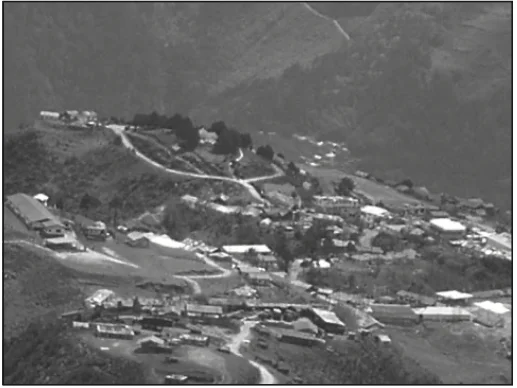![]() 6 Dec 2023
6 Dec 2023
Introduction to Human Settlements
The study of human settlements is basic to human geography because the form of settlement in any particular region reflects human relationship with the environment. A human settlement is defined as a place inhabited more or less permanently. It is also referred to as a cluster of dwellings where humans reside, involving grouping of people and allocation of territory for economic support.
The houses may be designed or redesigned, buildings may be altered, functions may change but settlement continues in time and space. There may be some settlements which are temporary and are occupied for short periods, may be a season. Settlements range from hamlets to metropolitan cities. As the size changes, the economic character, social structure, and other factors also shift.
| Type of Human Settlements | Description for Human Settlements |
| Rural |
|
| Urban |
|
|
Note: Factors affecting rural settlements include physical features (terrain, altitude, climate, water availability), cultural and ethnic factors (social structure, caste, religion), and security reasons (defence against thefts and robberies). |
||
| Human Settlements Type | Characteristics of Human Settlements | Examples/Locations of Human Settlements |
| Clustered |
Clustered Settlements in the North-eastern states |
|
| Semi-Clustered |
|

Semi- Clustered Settlements
|
| Hamleted |
|
|
| Dispersed
(Refer to Figure 2.27) |
Dispersed settlements in Nagaland
|
|
Urban Settlements:
| Town Classification | Characteristics & Examples |
| Ancient Towns |
|
| Mediaeval Towns |
|
| Modern Towns (Refer to Figure 2.28) |
Figure 2.28 A view of Modern City
|
Table: Evolution of Towns in India
Also Read: Urbanization in India: Trends, Dynamics, & the Smart Cities Mission
Conclusion
India’s towns, spanning ancient cultural centers to modern industrial hubs like Durgapur and Bhilai, showcase the dynamic evolution of human settlements. From historical roots to contemporary needs, each town, including satellite ones like Ghaziabad and Gurugram, contributes to the diverse tapestry of human settlements in India.
<div class="new-fform">
</div>